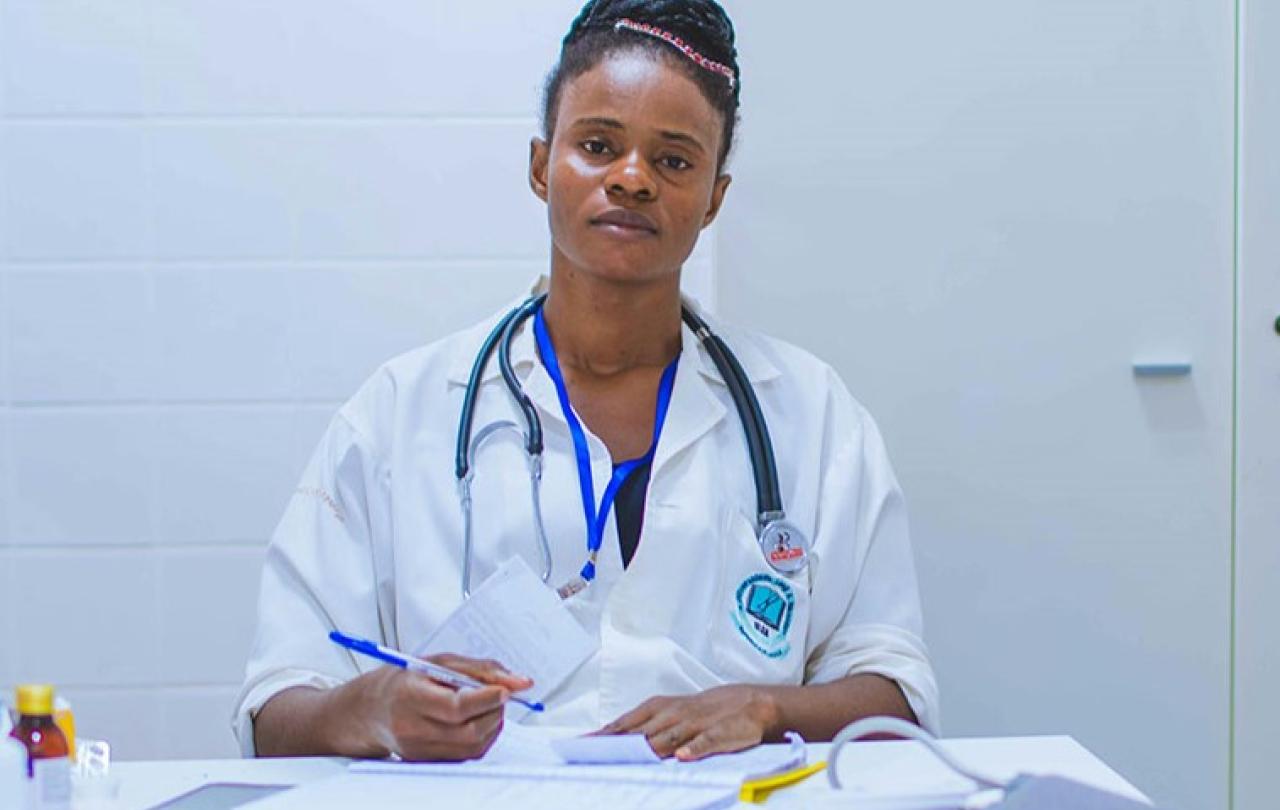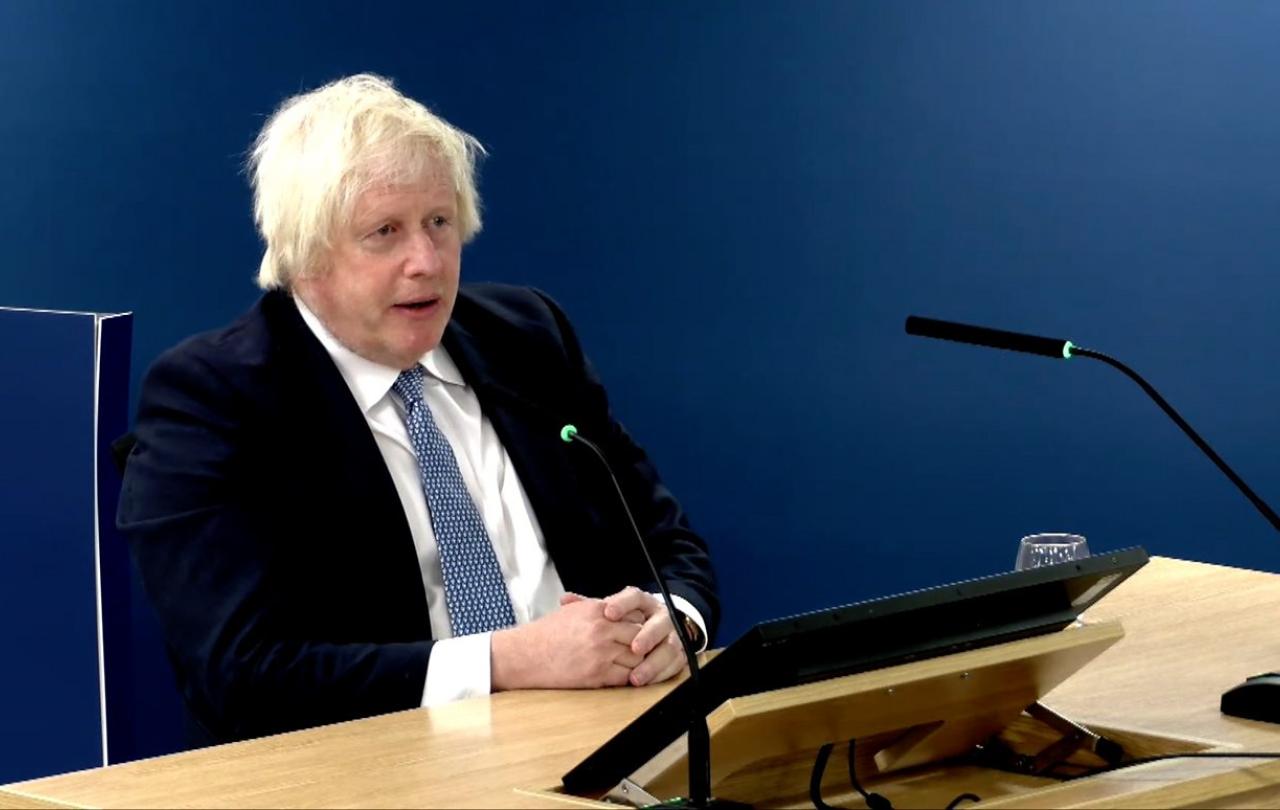
After a formal introduction to the House of Commons next Wednesday, MP’s will debate a draft Bill to change UK legislation on Assisted Dying. Previously, a draft Bill was introduced in the Scottish Parliament in March 2024, and is currently at committee stage. Meanwhile, in the House of Lords, a Private Member’s Bill was introduced by Lord Falconer in July and currently awaits its second reading. These draft Bills, though likely to be dropped and superseded by the Commons Bill in the fullness of time, give an early indication of what provision might be made on behalf of clinicians and other healthcare workers who wish to recuse themselves from carrying out a patient’s end of life wishes on grounds of Conscientious Objection.
There are various reasons why someone might want to conscientiously object. The most commonly cited are faith or religious commitments. This is not to say that all people of faith are against a change in the law – there are some high-profile religious advocates for the legalisation of Assisted Dying, including both Rabbi Dr Jonathan Romain and Lord Carey, the former Archbishop of Canterbury. Even so, there will be many adherents to various faith traditions who find themselves unable to take part in hastening the end of someone’s life because they feel it conflicts with their views on God and what it means to be human.
However, there are also Conscientious Objectors who are not religious, or not formally so. Some people, perhaps many, simply feel unsure of the rights and wrongs of the matter. The coming debates will no doubt feature discussion of how changing the law for those who are terminally ill in the Netherlands and Canada has to lead to subsequent changes in the law to include those who are not terminally, but instead chronically ill. The widening of the eligibility criteria has reached a point where, in the Netherlands, one in every 20 people now ends their life by euthanasia. This troubling statistic includes many who are neurodivergent, who suffer from depression or are disabled. It is reasonable that, even if a Conscientious Objector does not adhere to a particular religion, they can be allowed to object if they feel uneasy about the social message that Assisted Dying seems to send to vulnerable people.
“You will often find that legislation that provides a right to conscientious objection is interpreted by judges these days in a way that seems to treat conscientious objectors as nuisances”
Conscientious Objection clauses can themselves send a social message. A response to the Scottish Bill produced by the Law Society of Scotland notes concern over the wording of the Conscientious Objection clause, as it appears to be more prescriptive in the draft Bill than in previous Acts such as the Abortion Act of 1967. In the case of any legal proceedings that arise from a clinician’s refusal to cooperate, the current wording places the burden of proof onto the Conscientious Objector, stating (at 18.2):
In any legal proceedings the burden of proof of conscientious objection is to rest on the person claiming to rely on it.
The Bill provides no indication of what is admissible as ‘proof’. Evidence of membership of a Church, Synagogue, Mosque or similar might be the obvious starting point. But where does that leave those described above, who object on grounds of personal conscience alone? How does one meaningfully evidence an inner sense of unease?
The wording of the Private Member’s Bill, currently awaiting its second reading in the House of Lords, provides even less clarity, stating only (at 5.0):
A person is not under any duty (whether by contract or arising from any statutory or other legal requirement) to participate in anything authorised by this Act to which that person has a conscientious objection.
Whilst this indicates that there is no duty to participate in assisting someone to end their life, there remains a wider duty of care that healthcare professionals cannot ignore. Thus, a general feature in the interpretation of such conscience clauses in medicine is that that the conscientious objector is under an obligation to refer the case to a professional who does not share the same objection. This can be seen in practice looking at abortion law, where ideas around conscientious objection are more developed and have been tried in the courts. In the case of an abortion, a clinician can refuse to take part in the procedure, but they must still find an alternative clinician who is willing to perform their role, and they must still carry out ancillary care and related administrative tasks.
Placing such obligations onto clinicians could be seen as diminishing rather than respecting their objection. Dr Mehmet Ciftci, a Researcher at the McDonald Centre for Theology, Ethics and Public Life at the University of Oxford comments:
You will often find that legislation that provides a right to conscientious objection is interpreted by judges these days in a way that seems to treat conscientious objectors as nuisances who are just preventing the efficient delivery of services. They are forced to refer patients on to those who will perform whatever procedure they are objecting to, which involves a certain cooperation or facilitation with the act.
This touches everyone, even those who (if the Bill becomes law) will still choose to conscientiously object. Therefore, it is important to consider that the human conscience is a very real phenomenon, which means that facilitating an act that feels morally wrong can give rise to feelings of guilt or shame, even if one has not been a direct participant.
Psychologists observe that when feelings of guilt are not addressed, if they are treated dismissively or internalised, this can significantly erode self-confidence and increase the likelihood of depressive symptoms. But even before modern psychology could speak to the effects of guilt, biblical writers already had much to say on the painful consequences of living with a troubled conscience. In the Psalms, more than one ancient poet pours out their heart to God, saying that living with guilt has caused their bones to feel weak, or their heart to feel heavy, or their world to feel desolate and lonely.
If the Conscientious Objection clauses of the new Bill being proposed on Wednesday are not significantly more robust than those in the draft Bills proposed thus far, then perhaps that is something to which we should all conscientiously object? There is much to discuss about the potential rights and wrongs of legalising Assisted Dying, but there is much to discuss about the rights and wrongs of forcing people to act against their consciences too.





